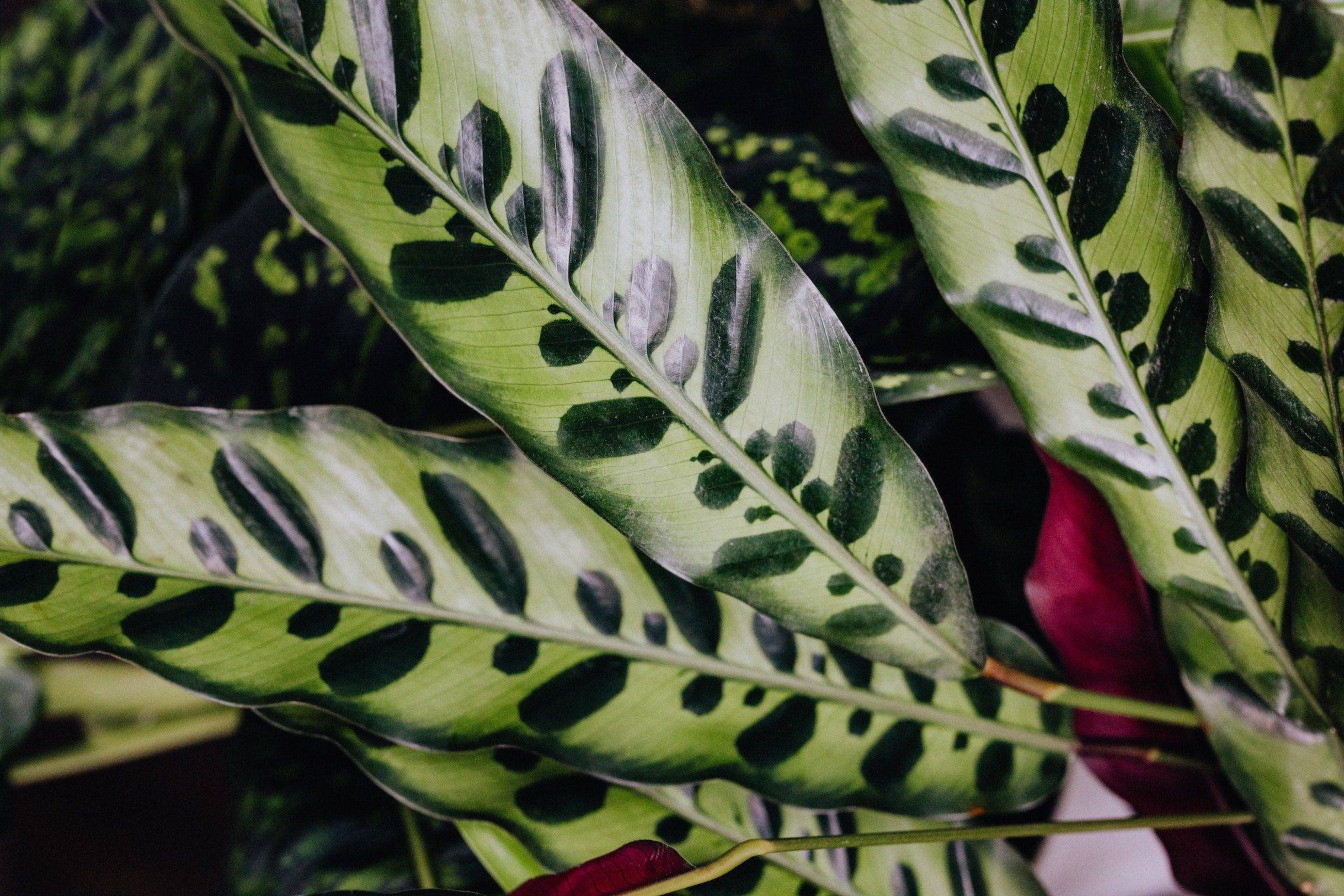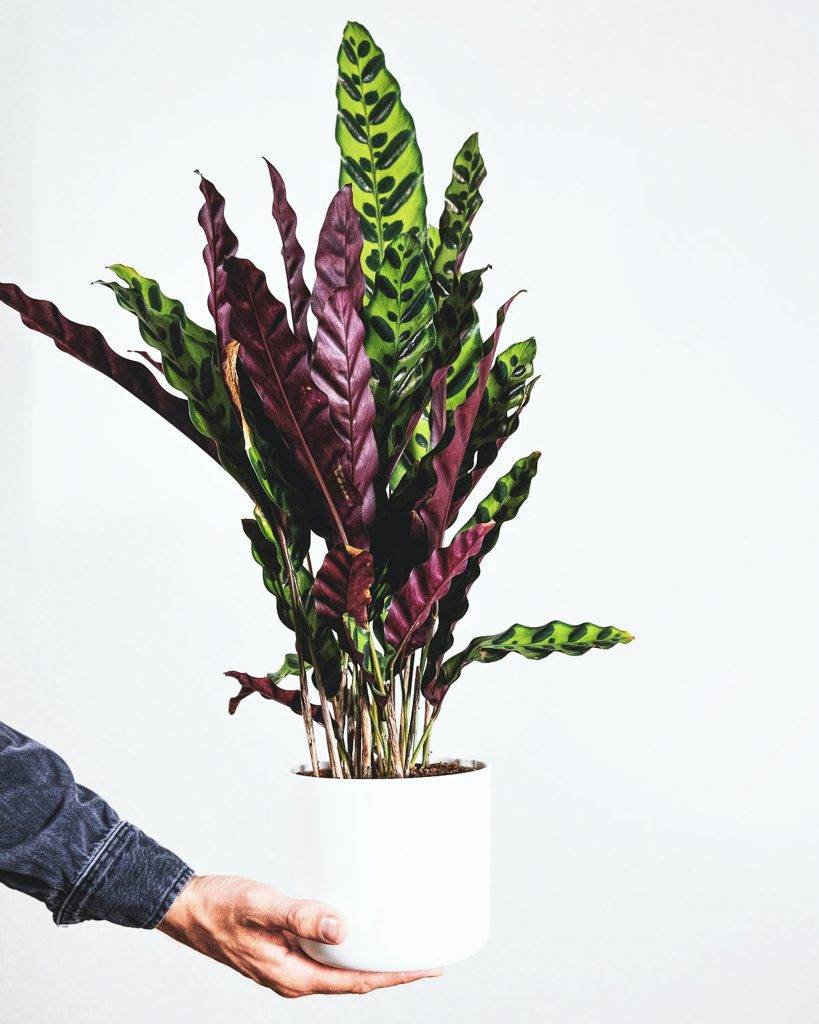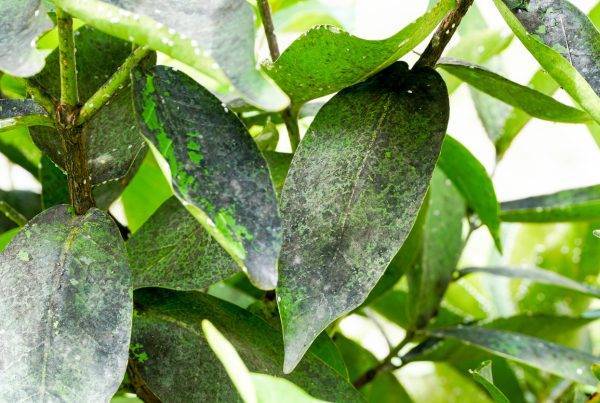Calathea lancifolia also commonly called the rattlesnake plant due to its unique appearance. It is native to South American jungles. This is a beautiful plant with striking foliage, as a member of the prayer plant family its leaves will open during the day and close at night. It is a showy plant but has rather exacting requirements. Though it has been reclassified into Goeppertia insignis it is still often referred to as Calathea lancifolia.
| Water | Light | Humidity | Temp | Food | Soil | Problems | Repot | Propagation | Nyctinasty | Toxicity
View this post on Instagram
Water for Calathea lancifolia
This plant likes to be kept moist. Just the top of the soil should dry out before watering. It is picky about its water so get ready to meet its needs!
Light
In terms of light bright indirect is ideal. They can adapt to lower light conditions. However if there is too much or too little light it can cause the foliage to fade and lose its beautiful markings.
Humidity
Calathea lancifolia loves humidity. It will thrive in humidity between 50-60% so try to give it a humidity boost if you can.
Temperature for Calathea lancifolia
Ideal temps are between 18-30 degrees Celsius.
Food
Once per month with a balanced half strength plant food will help keep them looking their best.
Soil
Drainage is extra important for moisture loving plants. A mix of 1/3 Compost, 1/3 Potting soil and 1/3 Perlite is good for the lancifolia.
Common Problems for Calathea lancifolia
Root Rot – A common problem among moisture loving loving plants, make sure your pot has drainage holes and your potting mix has added drainage. The soil should be moist, not soggy.
Mealybugs – often a result of over watering, this plant can be susceptible to mealies.
Crispy Tips – Caused by low humidity.
Curling, Spotted Leaves – Underwatering, this plant likes to be kept moist and will complain if its not!
Repot
Calathea lancifolia only needs repotting every 2-3 years on average.
Propagation of Calathea lancifolia
The best propagation for these plants is division. Simply split the root ball at time of repotting. More on propagation here.
Nyctinasty
Nyctinasty is the process whereby the leaves open and close due to changes in temperature or changes of light intensity. The leaves close up at night and open the following morning. They have a joint called a pulivinus at the base of each leaf, it resembles a swollen node. This joint can swell and shrink which creates the pressure needed for the leaf to move. It is not yet fully understood why plants have these movements although it is thought that during the day the plant can move its leaves to take full advantage of the sun while at night it may be for protection. Calathea’s gets its nickname ‘Prayer Plant’ from this process. As the movement resembles praying hands.
Toxicity
Calathea lancifolia is not toxic to humans and pets when ingested.
Happy Gardening!






